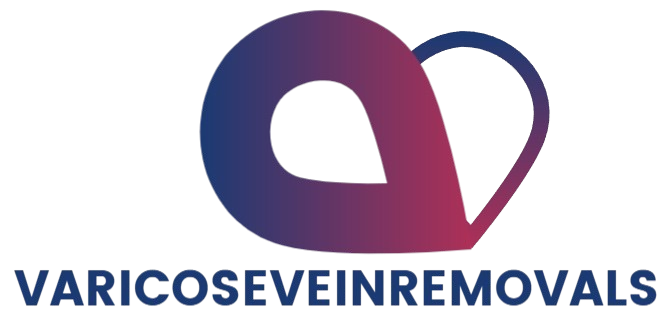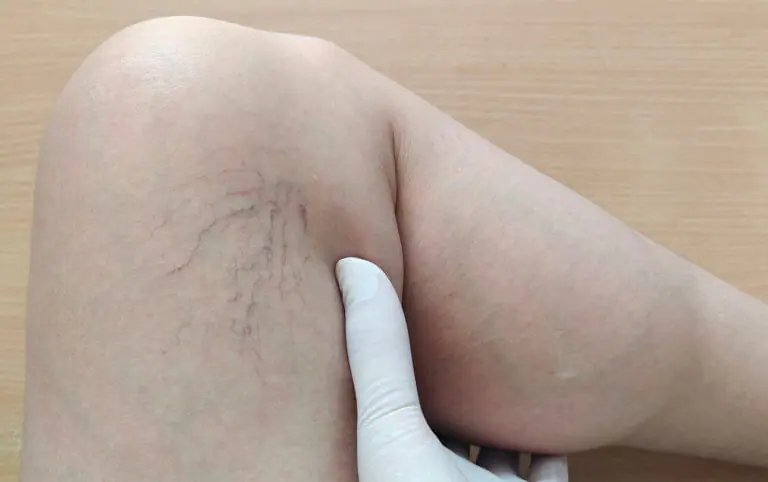The health of our veins often goes unnoticed—until a problem arises. Vein conditions, particularly those affecting the legs, can cause significant discomfort and, if untreated, may lead to more serious health complications. That’s where a vein specialist comes in. These medical professionals are trained to diagnose and treat a variety of vein-related issues, ranging from mild cosmetic concerns to life-threatening conditions.
In this article, we’ll explore some of the most common vein conditions, the symptoms to watch for, and the treatments available to help you maintain healthier veins.
What Are Vein Conditions and Why Do They Matter?
Veins are blood vessels that carry deoxygenated blood back to the heart, working against gravity in the legs to do so. Inside these veins are one-way valves that ensure blood flows in the right direction. However, when these valves malfunction or become weakened, blood can begin to pool, leading to various vein conditions.
The circulatory system depends on veins that function efficiently to keep blood flowing. When this system becomes compromised, the effects can be more than just an inconvenience. From visible varicose veins to more dangerous issues like deep vein thrombosis (DVT), vein conditions can cause pain, swelling, and even lead to serious health risks if not addressed.
Common Vein Conditions and Their Symptoms
Here are some of the most common vein issues that require the expertise of a vein specialist:
1. Varicose Veins
Varicose veins are perhaps the most well-known vein condition. These swollen, twisted veins are visible beneath the skin and are most common in the legs. They occur when the valves inside the veins become weak or damaged, causing blood to pool. Symptoms include aching, a feeling of heaviness, and swelling, especially after standing for long periods.
2. Spider Veins
Spider veins are smaller than varicose veins but share similar causes. These red or blue veins often appear in a web-like pattern on the surface of the skin. While typically not as painful as varicose veins, they can be unsightly and cause feelings of self-consciousness.
3. Deep Vein Thrombosis (DVT)
DVT occurs when a blood clot forms in one of the deep veins of the legs, often as a result of poor circulation. It can cause leg pain, swelling, and redness, but sometimes there are no visible symptoms at all. DVT is particularly dangerous because the clot can break loose and travel to the lungs, causing a pulmonary embolism—a life-threatening condition.
4. Chronic Venous Insufficiency (CVI)
CVI is a condition in which the veins in the legs are unable to effectively pump blood back to the heart. This can cause symptoms like leg swelling, aching, tiredness, and the appearance of new varicose veins. Over time, the condition can worsen, leading to skin changes or even the development of ulcers.
5. May-Thurner Syndrome (MTS)
MTS is a less common but serious vascular condition where the right iliac artery compresses the left iliac vein. This compression impairs blood flow and can increase the risk of blood clots. Common symptoms include pelvic pain, painful swelling in the leg, and varicose veins. MTS can often be misdiagnosed, so seeing a vein specialist is key to getting the right treatment.
When Should You See a Vein Specialist?
If you are experiencing any of the following symptoms, it’s time to consult a vein specialist:
- Chronic leg pain, cramping, or swelling
- A heavy or tired feeling in your legs, especially after standing or sitting for extended periods
- Restless legs, particularly at night, or an overwhelming urge to move your legs
- Skin changes around your lower legs or feet, such as darkening, thickening, or the development of ulcers
- Visible varicose or spider veins
A vein specialist can conduct a physical exam and use diagnostic tools like ultrasound to assess the condition of your veins. Once a diagnosis is made, they will develop a personalized treatment plan to address your symptoms and help prevent the condition from worsening.
Treatment Options for Vein Conditions
There are several treatments available to manage and correct vein conditions, ranging from non-invasive methods to surgical interventions. Your vein specialist will determine the most appropriate option based on the severity of your condition.
1. Compression Stockings
For many individuals with vein issues, compression stockings are an effective and non-invasive solution. These stockings help improve blood flow by applying gentle pressure to the legs, reducing swelling and discomfort. They are often recommended as a first-line treatment and can be used alongside other therapies.
2. Sclerotherapy
Sclerotherapy is a common treatment for varicose and spider veins. During the procedure, the vein specialist injects a special solution into the affected vein. This solution causes the vein to close off, and over time, the vein is absorbed by the body. It’s a simple, minimally invasive procedure that can significantly improve the appearance of the veins and alleviate associated symptoms.
3. Radiofrequency Ablation (RFA)
RFA is another minimally invasive treatment that uses radiofrequency waves to heat and close off problematic veins. A small catheter is inserted into the vein, and the heat causes the vein walls to collapse. Blood flow is then rerouted to healthier veins, reducing symptoms and improving circulation.
4. Endovenous Laser Treatment (EVLT)
Similar to RFA, EVLT uses laser energy to treat varicose veins. A laser fiber is inserted into the vein, emitting heat that causes the vein to collapse and seal shut. This treatment is highly effective for varicose veins and typically requires only local anesthesia.
5. Vein Surgery
In more severe cases of vein disease, surgery may be necessary. Options include vein stripping, where the damaged vein is surgically removed, or ambulatory phlebectomy, a procedure that involves removing varicose veins through tiny skin punctures. Surgery is typically reserved for cases that cannot be addressed through less invasive treatments.
6. Iliac Vein Stenting
For patients with May-Thurner Syndrome, iliac vein stenting may be recommended. This procedure involves placing a stent in the affected vein to keep it open and restore healthy blood flow, preventing complications like blood clots.
Conclusion: The Importance of Early Intervention
Vein conditions are more than just a cosmetic concern—they can lead to discomfort, complications, and, in some cases, life-threatening issues like blood clots. If you’re experiencing symptoms such as swelling, aching legs, or visible varicose veins, it’s important to consult a vein specialist. Early diagnosis and treatment can help prevent further complications and improve your quality of life.
Whether you’re dealing with varicose veins, spider veins, or more serious conditions like DVT or CVI, a vein specialist can provide the expertise needed to manage your symptoms and restore your vein health. Don’t wait—taking proactive steps now can ensure healthier, more functional veins in the future.



